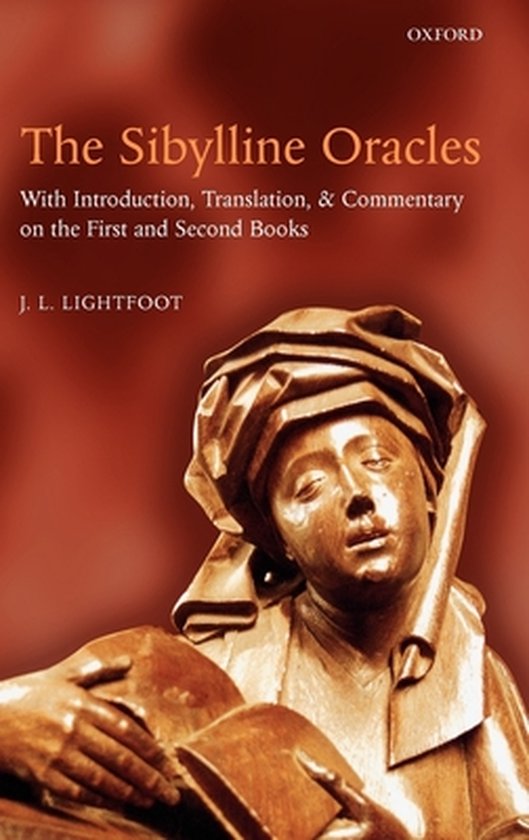
The Sibylline Oracles
The Sibyl was a legendary figure in Greco-Roman antiquity. J. L. Lightfoot describes how the verse prophecies attributed to her were taken over by Hellenistic Jews, and later by Christians, as a vehicle for their own understandings of prophecy, and provides an edition, translation, and commentary on the first and second books of extant oracles.
In this book, J. L. Lightfoot throws a bridge between two mutually ignorant areas: pagan oracles and Judaeo-Christian studies. The Sibyl was a legendary figure in Greco-Roman antiquity who was credited with verse prophecies, often of an apocalyptic character. Lightfoot describes how she was taken over by Jews in the Hellenistic period, and later by Christians, as a vehicle for their own understandings of prophecy. She explores what those understandings were, and describes how the message was then clothed in the very distinctive and mannered pagan idiom that was the hallmark of Sibylline prophecy. The volume contains an edition, translation, and commentary on the undeservedly neglected first and second books of extant oracles. The commentary illustrates some of the ways in which biblical scriptures were represented and recast in an oracular idiom, and pays particular attention to the oracle's most noteworthy feature, its extraordinarily rich description of the Day of Judgement.
In this book, J. L. Lightfoot throws a bridge between two mutually ignorant areas: pagan oracles and Judaeo-Christian studies. The Sibyl was a legendary figure in Greco-Roman antiquity who was credited with verse prophecies, often of an apocalyptic character. Lightfoot describes how she was taken over by Jews in the Hellenistic period, and later by Christians, as a vehicle for their own understandings of prophecy. She explores what those understandings were, and describes how the message was then clothed in the very distinctive and mannered pagan idiom that was the hallmark of Sibylline prophecy. The volume contains an edition, translation, and commentary on the undeservedly neglected first and second books of extant oracles. The commentary illustrates some of the ways in which biblical scriptures were represented and recast in an oracular idiom, and pays particular attention to the oracle's most noteworthy feature, its extraordinarily rich description of the Day of Judgement.
| Auteur | | J. L. Lightfoot |
| Taal | | Engels |
| Type | | Hardcover |
| Categorie | | Religie, Spiritualiteit & Filosofie |



